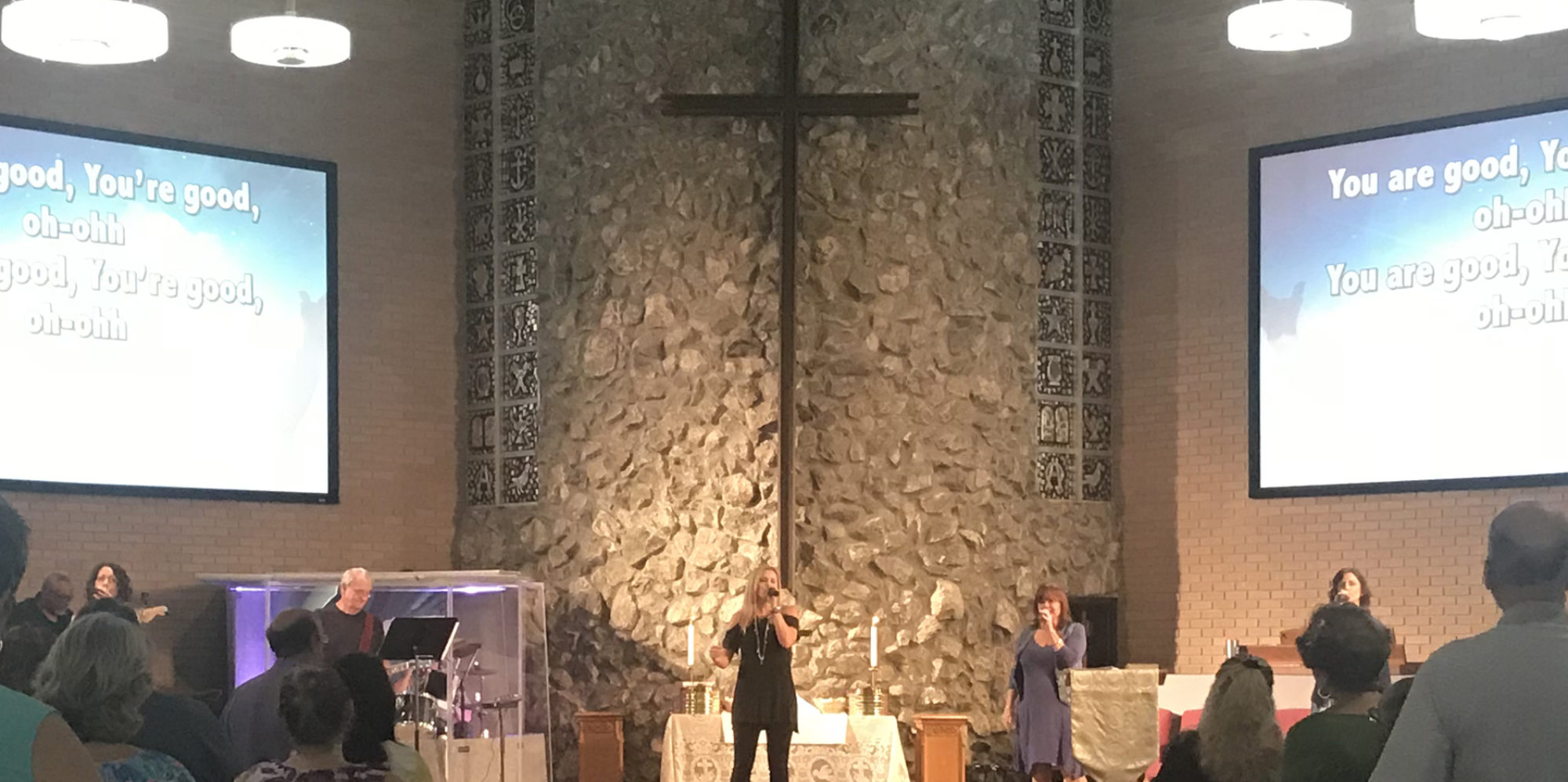A Transforming Practice of Silence from Learning to Live & Love Like Jesus by Brandon Cook
Here is one practical how-to for engaging silence. There are many such practices out there. If this one helps you, use it; if not, a little research will uncover many gems used by followers of Jesus over many centuries.
First of all, sit comfortably and relax your body. Then focus on your breath, inhaling deeply as you remember that God’s Spirit is as near to each of us as our own breath. Notice your breathing and continue to relax. Practice the instruction of Psalm 37:7 “Be still in the presence of the Lord, and wait patiently for Him to act.”
As you do this, here are some things to remember:
*It’s okay for your mind to wander. Trust that the Spirit is at work as you create space to encounter Him, even if you aren’t aware of it as first. Notice if your mind wanders and then simply redirect yourself back to your breathing. If your mind begins to drift elsewhere, into anxiety or into thoughts about yesterday or what you have to do after this, don’t berate yourself. Just notice it and turn back to your breathing, remembering again that God is as near to you as your own breath.
*It may be helpful to ground your body in silence by asking questions which engage your senses. I often ask, “What do I hear?” and I listen to the noises around me, naming each thing. I do that with every sense: “What do I see?” “What do I taste?” “What do I smell?” “What do I feel?” By asking these questions, you can bring yourself into contact with your body, which can help your mind focus and relax. After you ask and answer these questions, simply sit and continue attending to your breathing.
*You may have to confront your fears that God isn’t really with you. If you feel tension or resistance to silence, it probably means you are doing something right! Coming into God’s presence will often make you pass through your false and limiting beliefs about Him.
*Silence may make you aware of pains that you have been avoiding. One of the hardest tasks of a disciple is to divorce their experience of pain and suffering from their view of the character of God. Listen for the voice of God’s Spirit, which is with you despite and in the midst of life’s pain.
*See if you can start identifying the voices in your head-your own anxiety or fear, for example. Ask, can you hear the whisper of Jesus’ Spirit? Seek to identify and label these different voices and then hone in on the voice of Jesus.
*Keep breathing slowly, and practice solitude and silence until you find that your body and mind seem at rest together.
*Prayer goes beyond words, so realize that you are in prayer even if you aren’t saying anything. In fact, it may stall you to come into solitude and silence and then immediately start filling the space with words. Instead, let silence be your prayer You will ultimately discover that God is speaking-and so is your own soul-even if you aren’t moving your mouth at all. At the same time, you can anchor your silence and solitude with spoken prayer, such as praying through the Lord’s Prayer. Or, after pausing to slow down and breathe, choose a centering word, such as “Jesus” or “Abba,” speaking this word as a prayer to God.
*Don’t get fixated on time. Even two minutes (or thirty seconds) of quiet prayer can be transformative!
*It may be helpful to end your time by giving thanks for how God is with you and how He is shaping you. When you are done, simply say “Amen,” and approach what’s next in the confidence that God is with you and that His Kingdom “is within you.”


